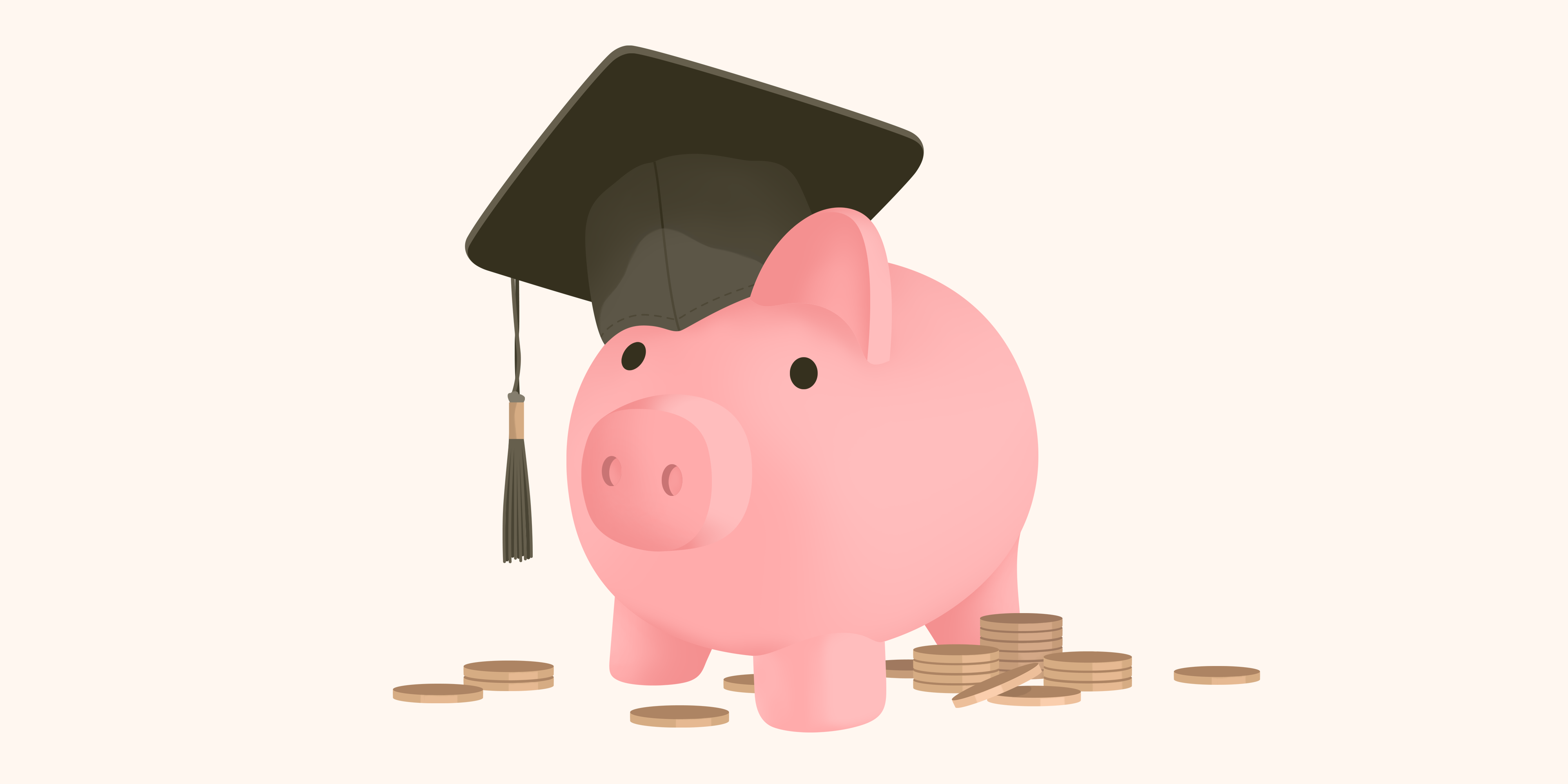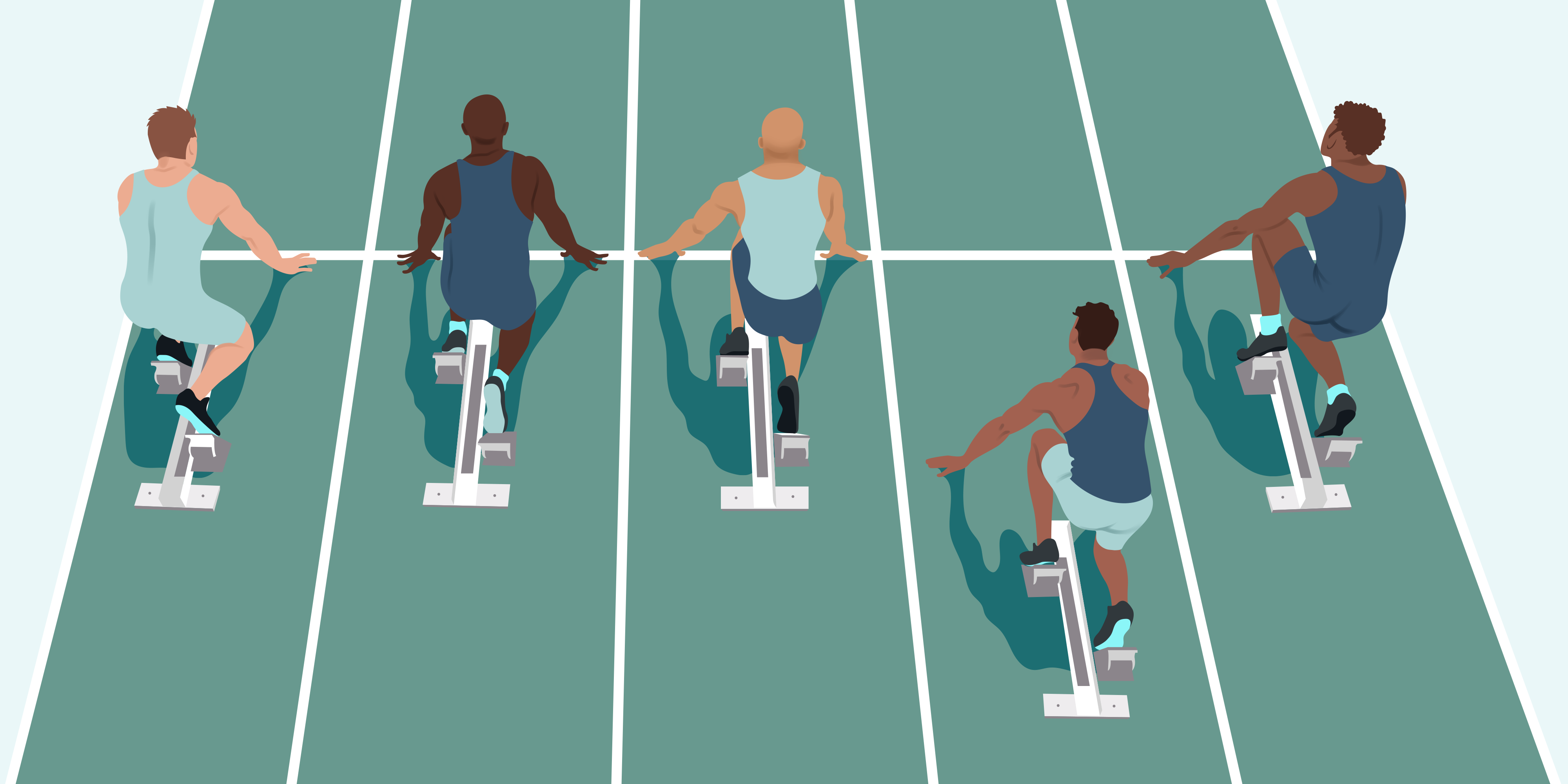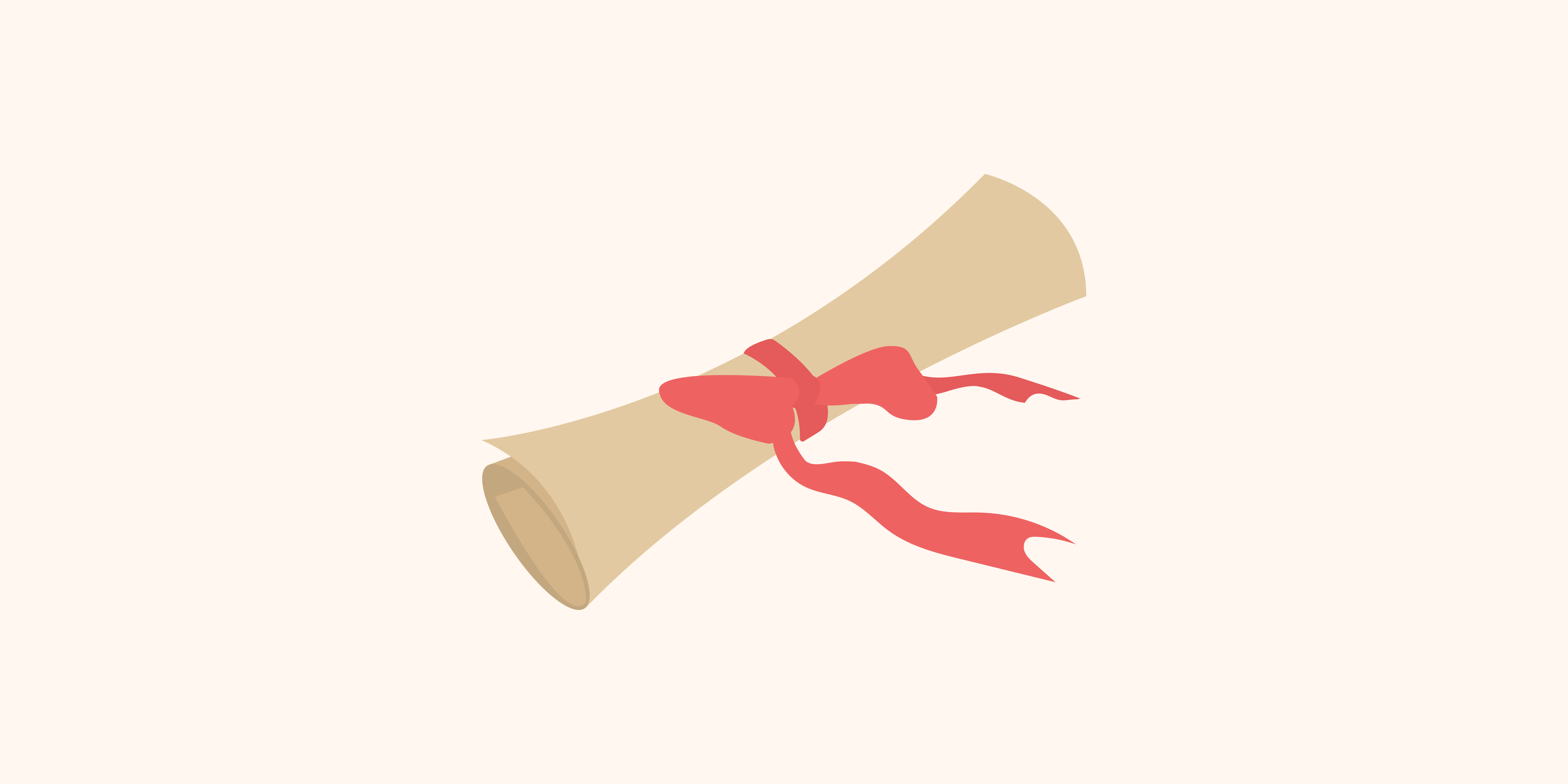You’ve finished your post-secondary education, the career world is laid out before you, but it’s taken a lot of time and money to get you to this point – and the time has come to pay back the loans that helped make your education possible.
Student debt can feel crippling if you don’t feel like you have a good handle on it, but arming yourself with the right information and a plan to pay it off can help ease anxiety and get you on the path to being debt free.
Where to start: How much do you owe and where?
Many people pay for school through a variety of means, such as government loans, bank loans, and even loans from family and friends. A successful repayment strategy starts with laying out a plan, so gather up all of your paperwork and figure out where you owe money. Then, sort out how much is owed to each person or institution, the length of time you have to repay the loan, and what the interest rate is on each loan. You’ll want to pay the higher interest loans off first.
This may require some phone calls. For instance, if you need to pay off a provincial student loan like OSAP (Ontario Student Assistance Program), you can contact their offices to get the details of your loan.
Provincial considerations
Depending on where you got the loan, the funds may need to be paid through different services, so make sure your monthly repayment funds are going to the right place. If your provincial loans are from British Columbia, Manitoba, New Brunswick, Newfoundland and Labrador, Ontario, Saskatchewan, and the Yukon, they will need to be repaid through the National Student Loan Service Centre (NSLSC).
In the case of Alberta, your Alberta loan is managed through the Alberta MyLoan site and your Canada loan is managed through the NSLSC. You need to create two different accounts through these websites and handle your repayments separately. PEI and Nova Scotia are the same, so check with their online services to set up an account for repayment.
For Quebec, you will receive a notice from your financial institution six months after you finish your studies. You must repay your student loan to the financial institution to which you gave your guarantee certificate – which is the document you received that said you were given a loan through the province. Similarly, Nunavut and Northwest territories require you to contact the territory to arrange repayment.
For a student line of credit from a financial institution, you pay for the portion you use. For example, you may be approved for a $20,000 loan but only withdrew $10,000. You would be responsible for paying back the $10,000, plus any accrued interest. Interest rates can range from prime +0.25 per cent to prime + 2 per cent.
Pay attention to the interest on each loan
Interest for federal and provincial portions of your loan will also differ: For instance, Ontario interest rate is calculated at prime rate plus one per cent, while the Canada interest rate is zero per cent. If interest rates change, your monthly payment will remain the same, but the amount applied to the principal will change.
You also have the option to pay off the provincial part of your student loan first, as it is the section of the loan that has interest. To do so you have to send a cheque to the NSLSC with instructions to apply the cheque to the Ontario portion of your loan. It might be a good idea to send a little more than the current Ontario loan amount because by the time the cheque is received, the daily interest charge may have surpassed the cheque amount. Also reference the loan number in the memo line of your cheque.
Repayment deadlines
It’s important to be aware of any deadlines associated with loans. For instance, loans through the National Student Loans of Canada start going into repayment six months after graduation. This also applies for provincial and territorial student loans, but always check to make sure you know when you’re going to have to start making payments.
For many banks, you can make interest payments only for the first two years, often called deferred principal payments, but you will be responsible for the full interest and principal payments after that. While in school, you will also be responsible for paying the interest payments on the loans.
Be reasonable and budget
It’s also important to factor in a reasonable repayment amount and aim for more than the minimum payment amount. If you miss payments, it could create serious issues with your credit down the road.
This is the part where you make a budget that suits your current income. Timelines for this budget will likely go up or down depending on your salary in the coming years, but it’s important to stay on top of payments and pay off more than just the interest. Setting up automatic payments can also help ensure the money gets to where it needs to go.
Financial tools like this one can be found online to help with payment amounts and schedules.
Do student loans disappear?
There has long been a myth about student loans disappearing after seven years, but that’s simply not true and can be a disastrous mistake to make. The only way the seven-year rule applies in this case is if you file bankruptcy and it’s been at least seven years since you graduated.
What to do if you have trouble making payments
If you’re struggling financially, there may be an option to defer student loans, known as the repayment assistance program (RAP) and the repayment assistance program for borrowers with disabilities (RAP-D).
If approved, you may qualify for reduced payments, or no payments at all, until the loan is paid, but you must re-apply every six months to remain eligible.
To learn more about the different ways you can pay for your education click here.





